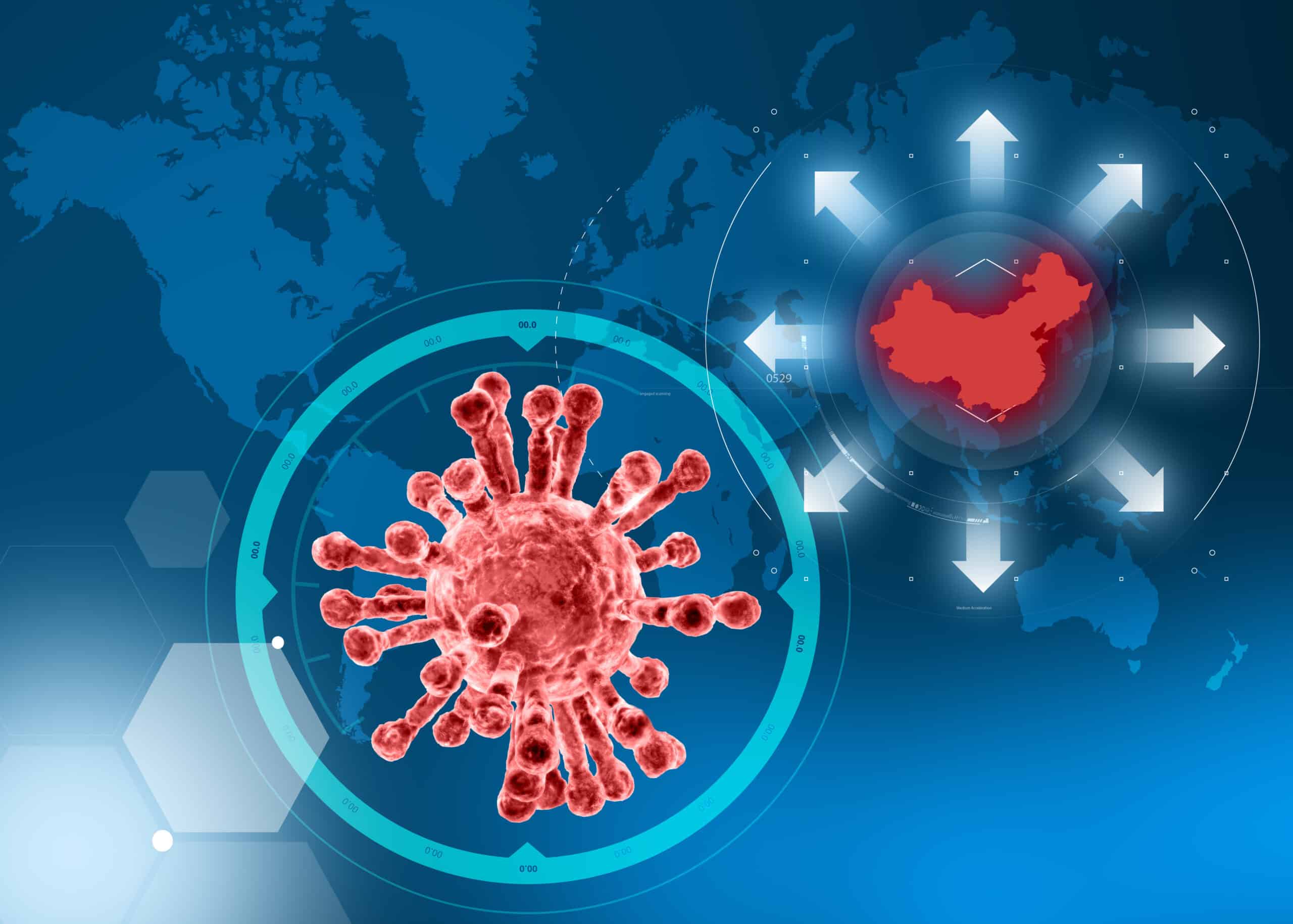Neurologic Features of COVID-19
Led by Avindra Nath, MD, clinical director of the National Institute of Neurological Disorders and Stroke (NINDS), a team of researchers conducted a study examining brain tissue samples of COVID-19 patients – 16 cases from the New York City chief medical examiner’s office and 3 from the University of Iowa. Ages ranged from 5 to 73 with a median of 50; 14 patients had chronic illnesses, including diabetes and hypertension, and 11 had been found dead or had died suddenly.
The study’s authors analyzed 11.7T MRI images of 13 patients at 25 μm resolution for the olfactory bulb and at 100 μm for the brain along with conventional histopathological brain exams of 18 patients.
Of 16 patients with available medical histories, 1 experienced delirium, 5 had mild respiratory symptoms, 4 presented with acute respiratory distress syndrome, 2 had a pulmonary embolism, and the symptoms were unknown in the case of 3 patients.
Microvascular Injury Present
The research team reported that magnetic resonance microscopy revealed punctate hyperintensities representing areas of microvascular injury and fibrinogen leakage in 9 cases that directly correlated with histopathological exams which showed the thinning of the basal lamina of endothelial cells. At the same time, they found that punctate hyperintensities in 10 patients corresponded to congested blood vessels with areas of fibrinogen leakage and relatively intact vasculature. Perivascular-activated microglia, macrophage infiltrates, and hypertrophic astrocytes were observed in 13 patients, while in 8 cases T cells were found in perivascular spaces and in lumens adjacent to endothelial cells.
They also observed minimal perivascular inflammation but no vascular occlusion which was consistent with the findings of prior research. However, there was no evidence of direct viral attack in any of the patients.
“The cause of this was not clear but is most likely due to damage from the immune cells or lymphocytes. We found some lymphocytes attached to the endothelial cells in the blood vessels and in the perivascular regions,” Dr. Nath told MedPage Today.
COVID-19 Virus Detection
The virus was not detected by polymerase chain reaction with multiple primer sets, RNA sequencing of several areas of the brain, or RNA in situ hybridization and immunostaining. It is possible that SARS-CoV-2 was cleared by the time of death or that viral copy numbers were below the level of detection.
“The inflammatory response is key to the neuropathogenesis of this syndrome, since we were unable to find virus in the brain,” Nath added. “The study potentially has important implications for long-term damage to several structures in the brain, particularly the olfactory bulb and the brainstem.”
Other researchers found SARS-CoV-2 RNA and protein in the brain and nasopharynx of patients who died with the virus, with the highest levels of viral RNA detected in the olfactory mucous membrane. As such, further investigation is needed to determine the underlying causes of brain injury in previous cases.
“We were completely surprised,” Nath said. “Originally, we expected to see damage that is caused by a lack of oxygen. Instead, we saw multifocal areas of damage that is usually associated with stroke and neuroinflammatory disease.”
The latest findings suggest neurologic damage was not caused by direct brain infection yet with limited clinical information still available no conclusions can be drawn about how these findings relate to neurologic features of COVID-19. Currently, further studies are underway to help characterize the pattern of neuronal injury in autopsy materials. Additionally, NINDS researchers are investigating a cohort of COVID-19 patients with neurologic sequelae to identify whether they also presented with microvascular injury and whether inflammatory infiltrates can be associated with persistent neurologic symptoms.




